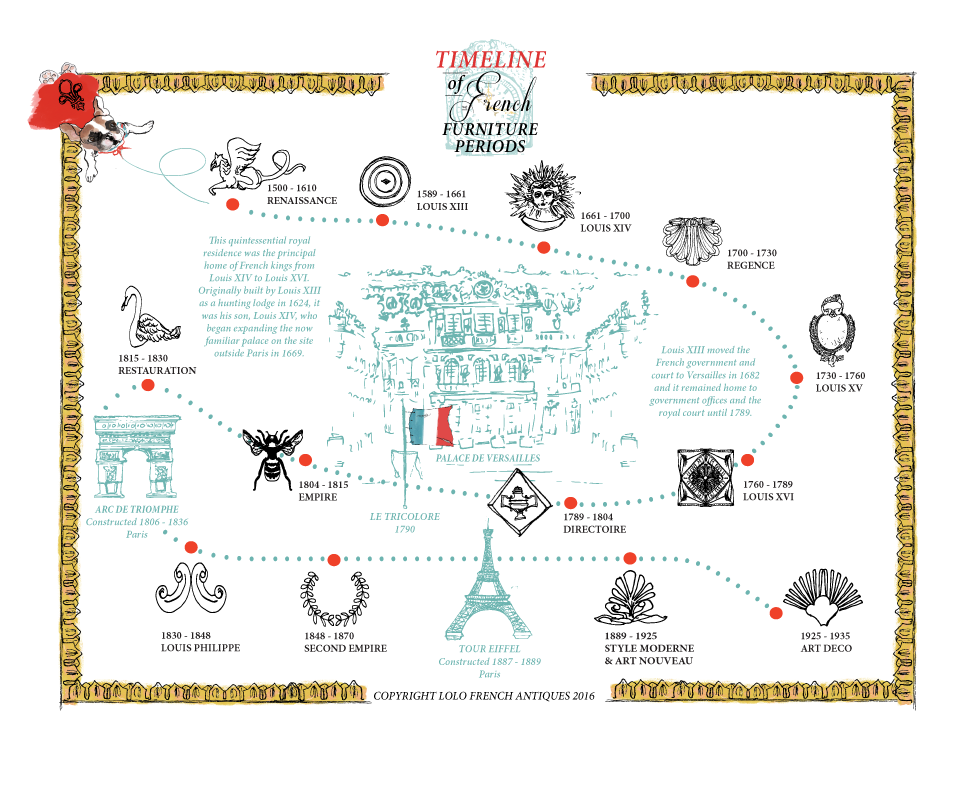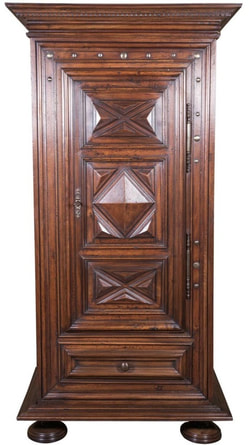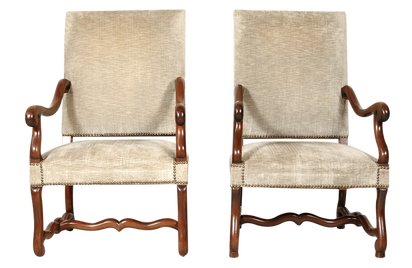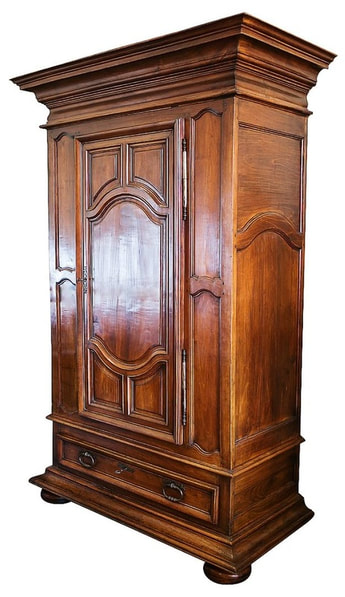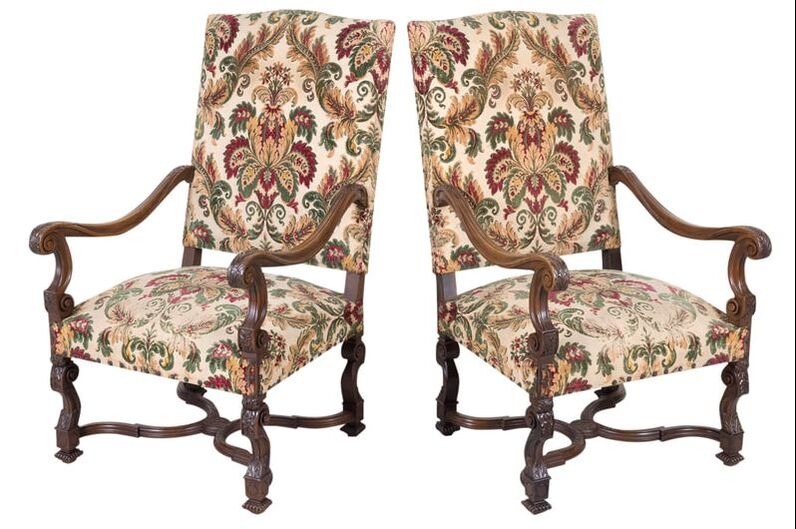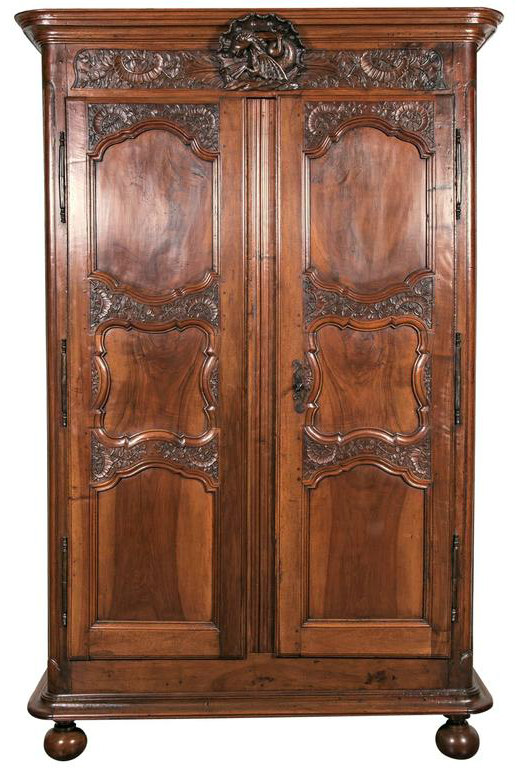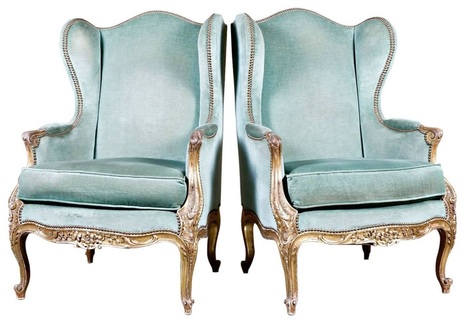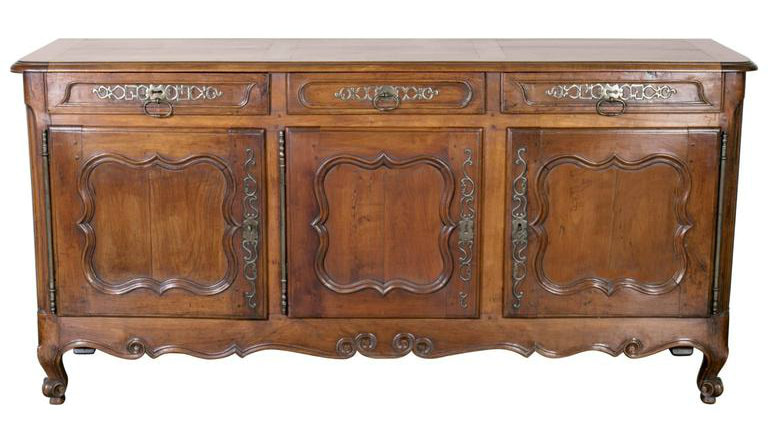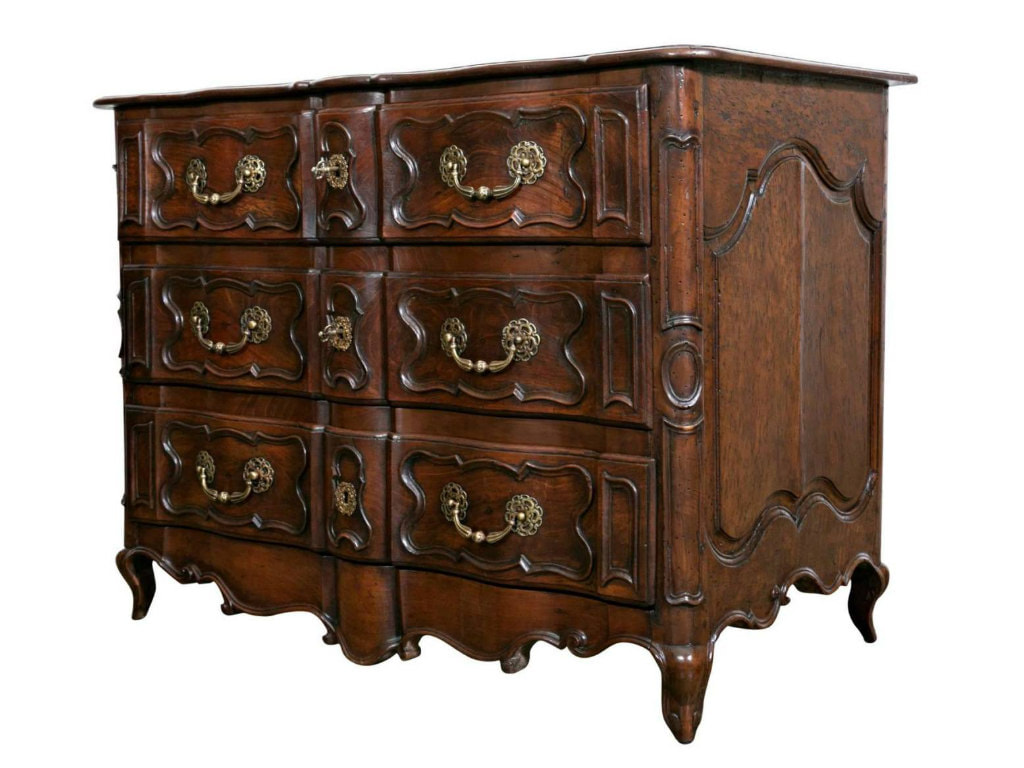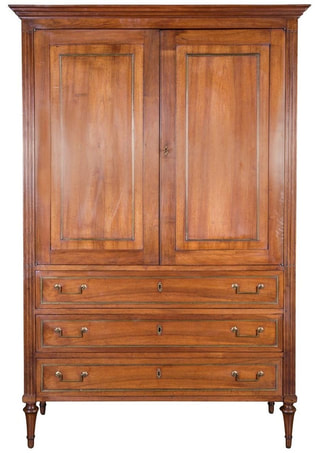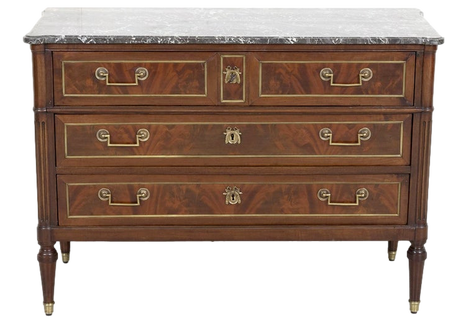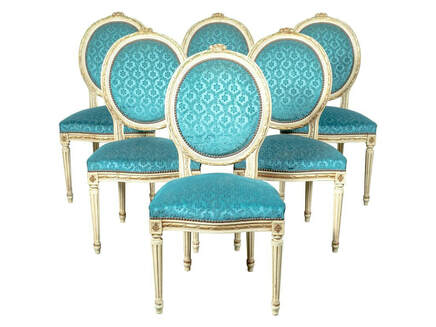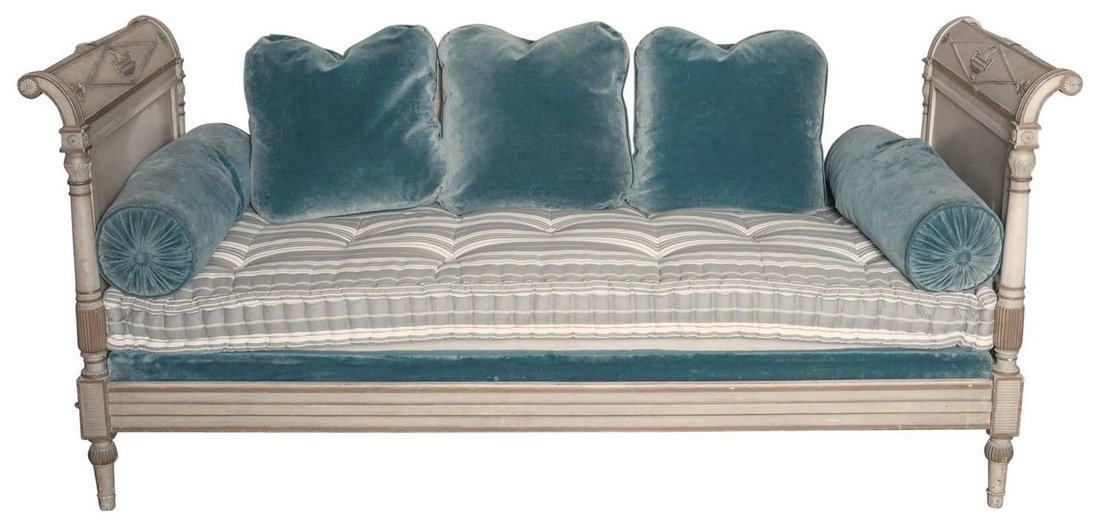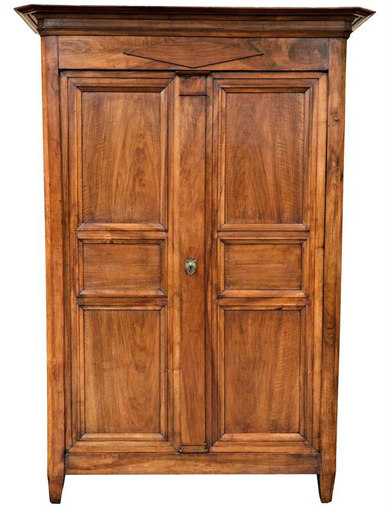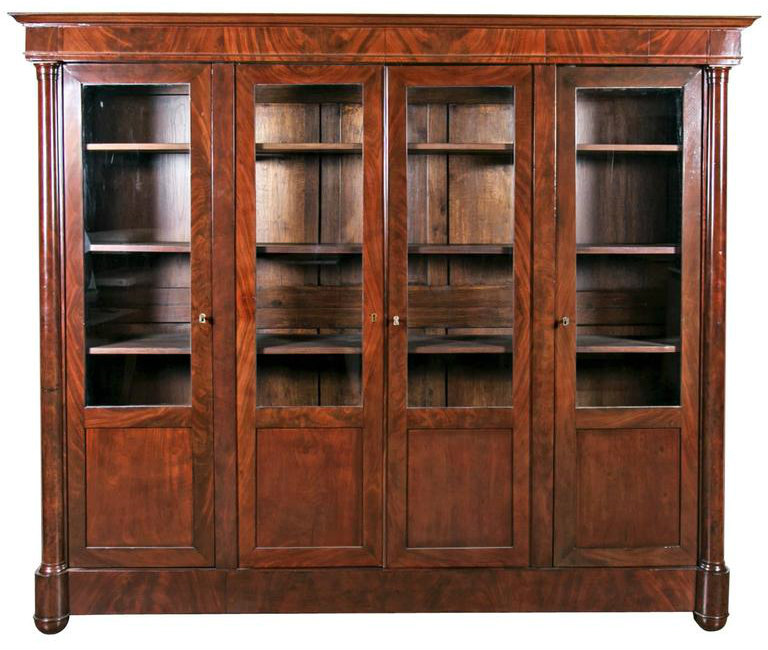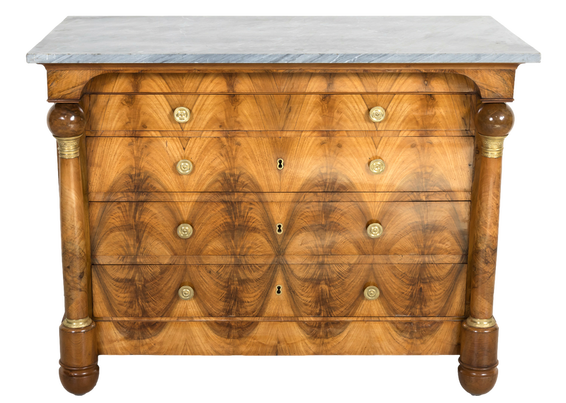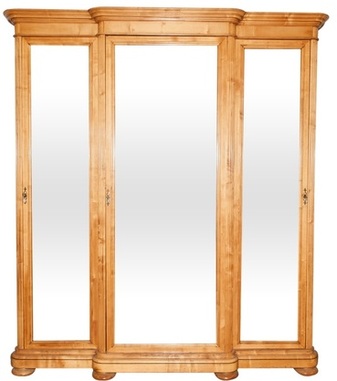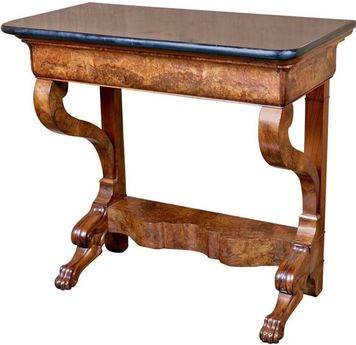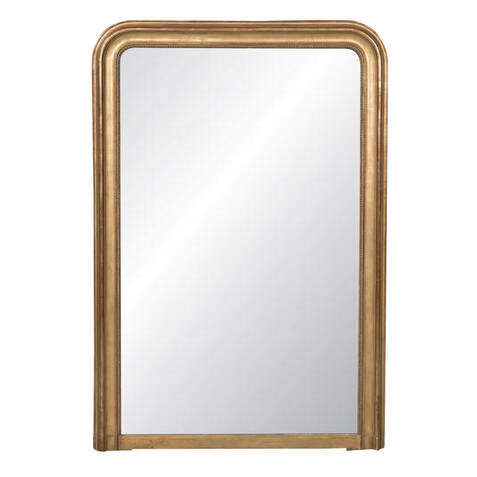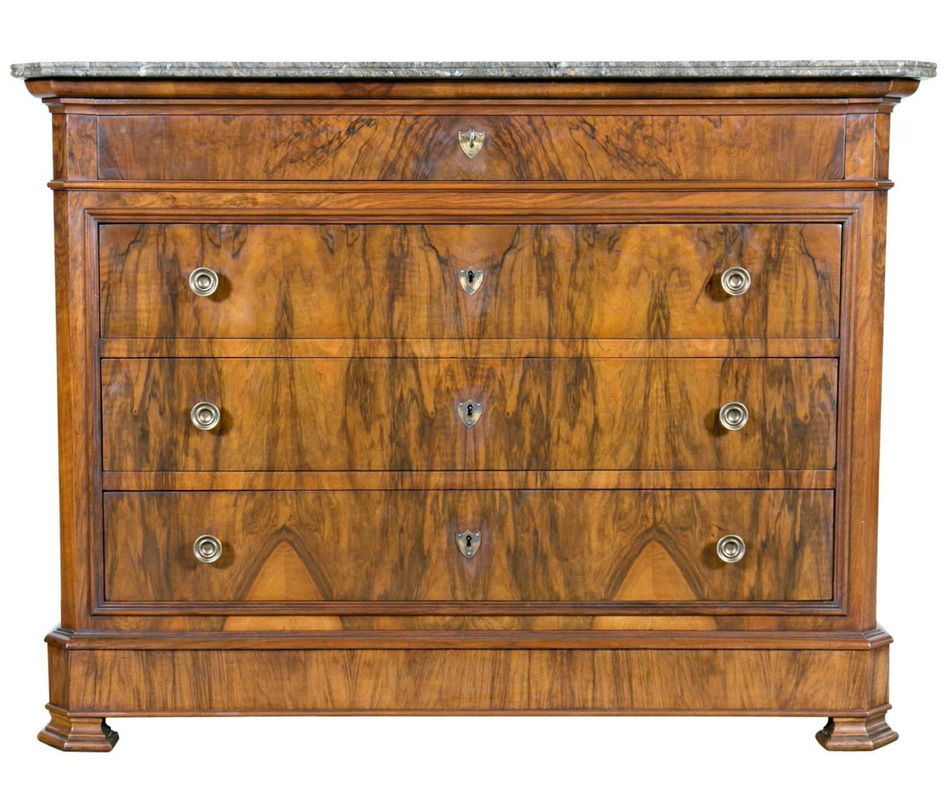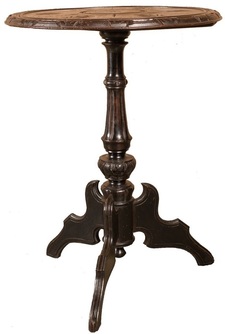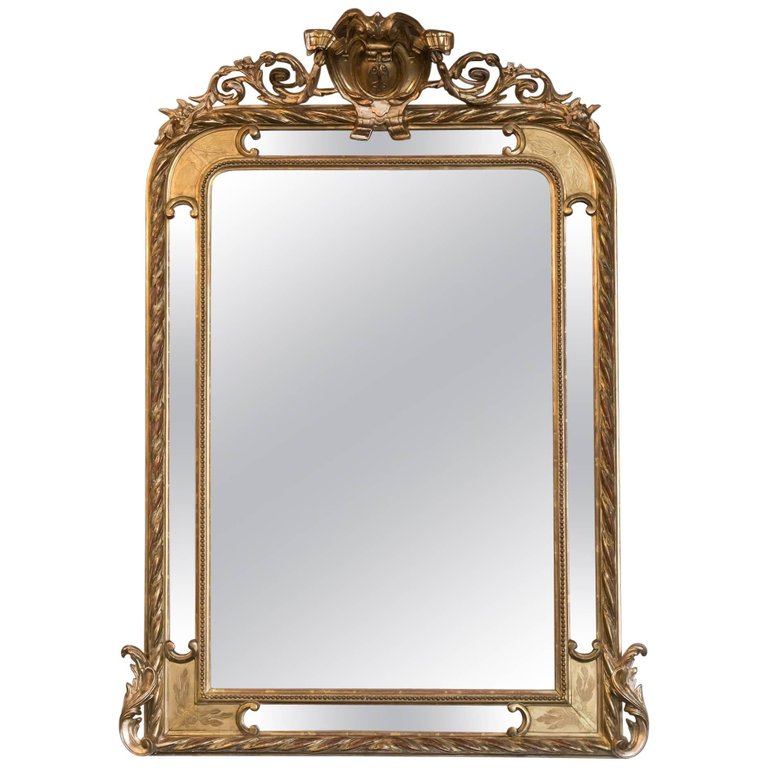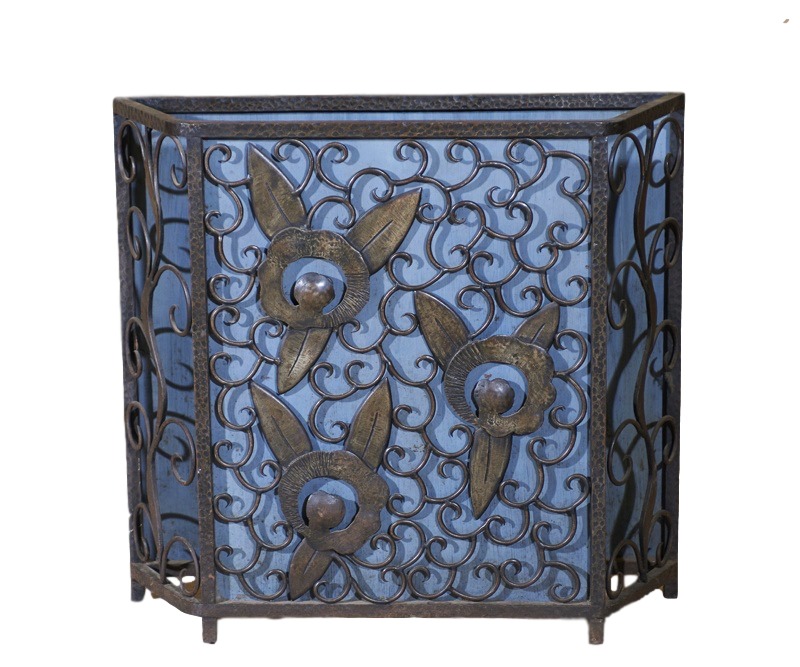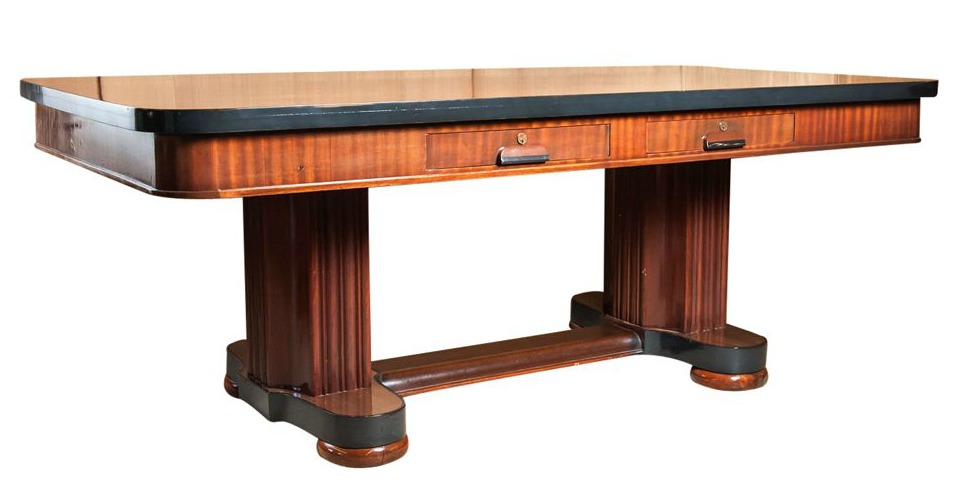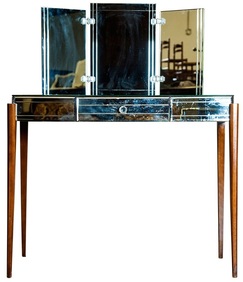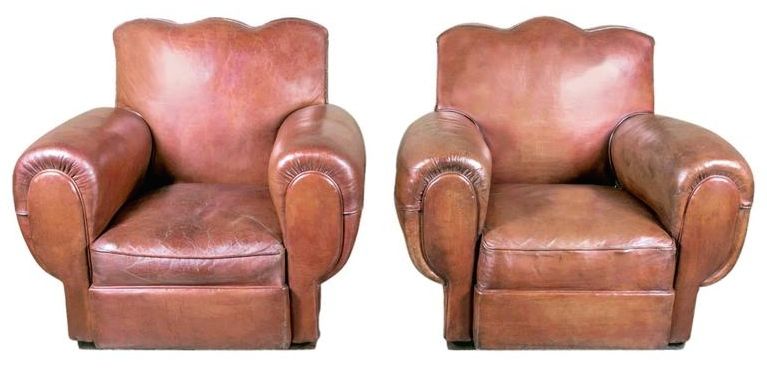|
One of the many things the French people are famous for is l'art de vivre. From fine wine to fine furniture, from the Eiffel Tower to the fields of Provence, the people of France surround themselves with art and furniture that spans hundreds of years of impeccable style. They appreciate the finest things in life.
When identifying age old French furniture, there's much to learn. For starters, what is it that actually distinguishes a period piece from a style piece? While price is probably the most telling factor, it's really a matter of who was ruling France and when. The style of each king differentiated his reign from the others, and the periods in French furniture design follow the time periods associated directly with the reign of a particular king, politician or military leader. There is much overlapping of styles, and the difference from one king's style to another is usually only a matter of a few degrees of decadence, with a couple of transitional styles thrown in between for good measure. When a piece is actually crafted during a particular king's reign, Louis XIV for example, it's identified as a Louis XIV buffet or a period buffet. A period piece will often have the stamp of a known ébéniste and will be more valuable than a piece having the style motifs typical of the Louis XIV period, yet made at a time after the Sun King's reign, which is referred to as a buffet in the style of Louis XIV or a Louis XIV style buffet. |
For nearly two centuries, the House of Bourbon ruled the courts of France and its worlds of fashion and decor. The "Fab Four," Louis XIII, XIV, XV, and XVI, had a huge influence on the arts and design, not only in France, but all of Europe.
Each King Louis had his own signature style of furnishings and decorative arts that defined his time and made its mark on the rest of the world. These four famous kings introduced French society to music, art, fashion and furnishings — in a big way. Louis XV style is the epitome of French furniture at its finest. The period is regarded by many as the Golden Age of French furniture, a period of grand creativity, influenced by scandal and royal mistresses like Madame de Pompadour and Madame du Barry. Comfort was all the rage in the 18th century and Louis XV style was designed for the comfort and glorification of beautiful women. With the execution of Louis XVI and the French Revolution of 1789, French furniture lost its position of dominance, making the early 19th century the last great period in French furniture making. Learn how to identify the styles you love best by following Louis on a trip through time as we examine the various French furniture periods and the primary characteristics and motifs of design for each. |
References:
French Accents Antiques: Pocket CEU: Understanding Louis XIII, XIV, XV, and XVI Furniture
Singleton, Esther. French and English Furniture. New York: McClure, Phillips & Company, 1903.
Chadenet, Sylvie. French Furniture from Louis XIII to Art Deco. Boston: Little, Brown and Company, 2001.
French Accents Antiques: Pocket CEU: Understanding Louis XIII, XIV, XV, and XVI Furniture
Singleton, Esther. French and English Furniture. New York: McClure, Phillips & Company, 1903.
Chadenet, Sylvie. French Furniture from Louis XIII to Art Deco. Boston: Little, Brown and Company, 2001.


